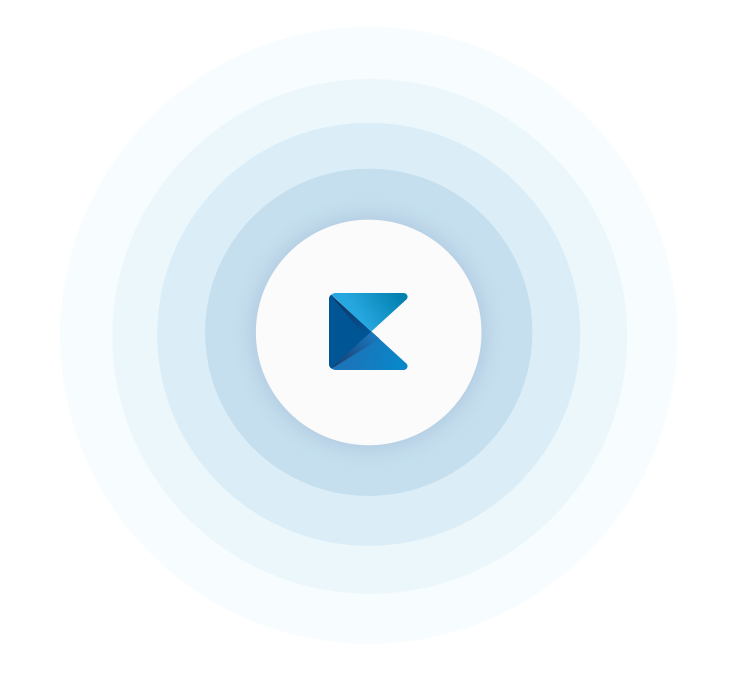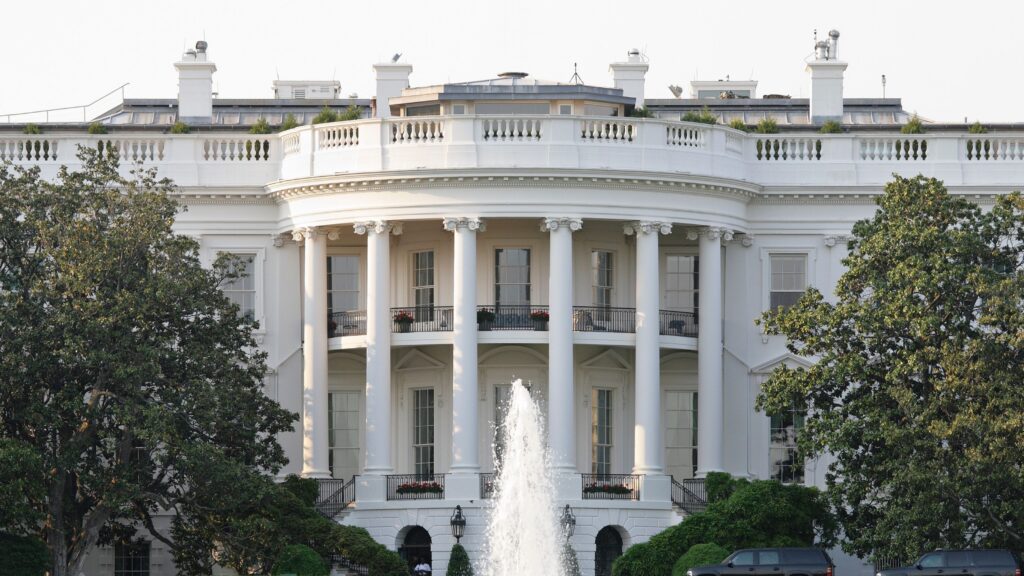There is a lot of flashy, sexy technology in the healthcare space. Every year, new apps, enterprise solutions and devices flood the market. Many capitalize on the latest legislative pressures or pain-point-du-jour. But we believe that it’s not just new tech that will transform healthcare IT…it’s also new use cases.
Interoperability is not a new goal, but the methods and means have changed over the decades. Given this reality, there is a lot of infrastructure in place that starts to feel like abandoned buildings. Once loved and well-planned, the facade fades over time due to lack of care and ill-repaired mortar. But the foundation is there, the walls still stand and there is utility to be found in a structure scarcely a few years old. This is where fresh investment and interest can revive the architecture to a second life.
We need new use cases.
Why are Healthcare IT Use Cases so Important?
When regulatory guidelines and “best practices” are not grounded in the ways that providers, medical staff, patients and operational stakeholders actually work, they really can’t be called best practices. It is hard to be successful at meaningfully impacting healthcare without truly considering one (if not all) of these personas and how they deliver or receive services.
Say for example a technology company builds a super sleek new app that allows patients to submit data to their care providers right from their smartphones. Smashing, right?! Take our investment dollars! But hold the wire transfer. What data? To which providers? Via what means? In what structure? Who is the MVP UI targeting? How is the data secured…and why? In absence of these details, without a user story that aligns to a viable, valuable use case that considers the persons on each end of the transaction, you’ve got nothing to bring to market.
Using the Train Tracks of Interoperability to Achieve Connectivity
When Kno2 CTO and Co-Founder Therasa Bell was recently interviewed by DirectTrust™ as one of their Interoperability Heroes, she referenced the historical attempts at interoperability, calling them “train tracks.” Like our building analogy, this comparison illuminates all of the integrations and exchanges prioritized over the years, many of which served a single train line. While it is important to continue to innovate with new standards for data sharing, we need to make sure we do not succumb to the latest craze.
What if healthcare as an industry stopped chasing new and flashy and focused squarely on the basics? After all, information needs to get from point A to point B. Yet, providers and physicians struggle with the very basic metrics of care — patient location, mediation list, allergies and order access. While the industry looks to aggregate more data, from more places, with more standards, without making sure the simple yet powerful data is accessible to anyone with an internet connection, we have 70% of the transactions appearing on a paper fax machine.
Meaningful Use may have driven a lot of the activity around Direct Secure Messaging early on (one of those train tracks), but the nationwide framework that it created cannot be overlooked. We need to expand the usage outside of referrals and transitions of care and drive awareness that these modes of transportation open up to a limitless set of use cases and workflows like care plan automation, e-Signature, ePCR reporting, records request and more. Why go deeper in some cases without first making sure that ADT notifications, for example, aren’t just sent (the current measure of “success”), but also received in a way that matters (that last bit is key)? When we stop checking boxes and frantically attempting to do everything, we can do something powerful. We can creatively look for new use cases leveraging interoperability attempts already made, bolstering tracks already laid. We can pursue connectivity in healthcare.
The Future of Healthcare Communication through Connectivity for Everyone
At Kno2, we believe a foundational piece in realizing the true potential for nationwide healthcare communication is to make sure connectivity is available to all. With a single connection to the Kno2 APIs, we make it easy for providers, solution vendors, software vendors, hardware vendors, healthcare IT vendors, EHR vendors — whoever it may be — to get connected to the entire healthcare ecosystem.
The portability of patient information relies on a diverse set of communication modalities. People don’t care how they communicate, they just want it to happen. They don’t care how their mobile phone works, what network they’re using, where it goes and what wireless protocols are used. They just want to make sure they have it and can communicate. That’s how we see connectivity: make it easy, make it affordable, make it everywhere — and we’ll start to see disruption in the communication of health information.




